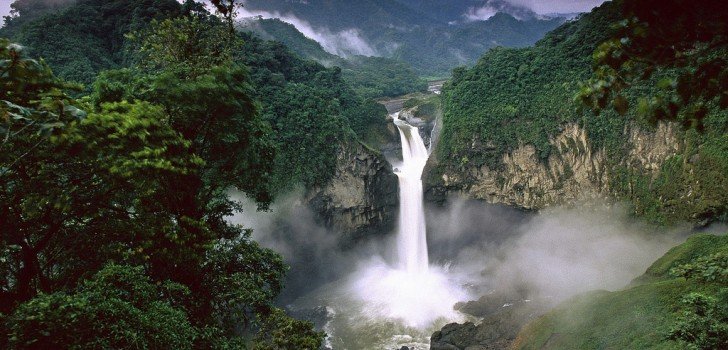In Papua New Guinea, researchers from the Nature Conservancy are keeping track of the health of the rainforest by listening to its 24 hour soundtrack.
For 15 years, the researchers have been working with community groups in the area. They are helping locals sustain the native plants and animals of the forests, while also helping them grow and develop their communities in a way that is not harmful to the environment.
One way that they monitor the forests is by listening. At first, the researchers only used recordings of short durations, but now they are making 24 hour recordings. They are also using new techniques to analyze the recorded sound.
The scientists of the Nature Conservancy accomplished this by attaching digital recorders to trees across the forest. The recorders detect sounds that can be heard by the human ear, as well as sounds that go beyond the hearing range of humans. By listening to these recordings over long periods of time, say several months, scientists will be able to determine how the forest has changed.
Lead scientist for the project Eddie Game says, “We thought it was important to see what happened over a day, otherwise it would be hard to know what would be a good sampling schedule. It’s non-invasive, fast, cost-efficient and high fidelity. It’s a bit of a holy grail.”
Game and his team worked with computer scientists from the University of Queensland. The computer scientists constructed an algorithm that analyzes the sound data and picks out patterns.
Some of the observations include the frequency of bird chirpings and the times of the day that insects made noises.
Using this technique has made life easier for researchers, as they are now able to obtain a better grasp of what is occurring in the rainforest without having to tediously count all the animals.
Game adds, “Sound is terrific because it captures a lot of stuff that is localized. We can look at indexes of sound as a gross measure of what’s happening in the landscape. Frogs, bats, insects, birds, they’re all vocalizing, and in an ideal intact forest, they all vocalize at different frequencies and patterns. As you lose species, you lose pieces of that spectrum.”
Most importantly, the scientists are able to see how community development in the region impacts the native animals of the rainforest. By producing data that shows how the rainforest is changing, Game and his team are hopeful that they will be able to convince developers to utilize more sustainable building techniques.
The team says that they have already noticed differences in sound between protected areas of the rainforest and areas that are being developed by local groups.
While other scientists are also utilizing recordings in this way, Game’s team is the first to use recordings of this length. He believes that will change in the future. “We’re the only ones looking at sound at a landscape scale. Soundscaping ecology is right at the beginning of a big revolution,” he said.
Stay Connected